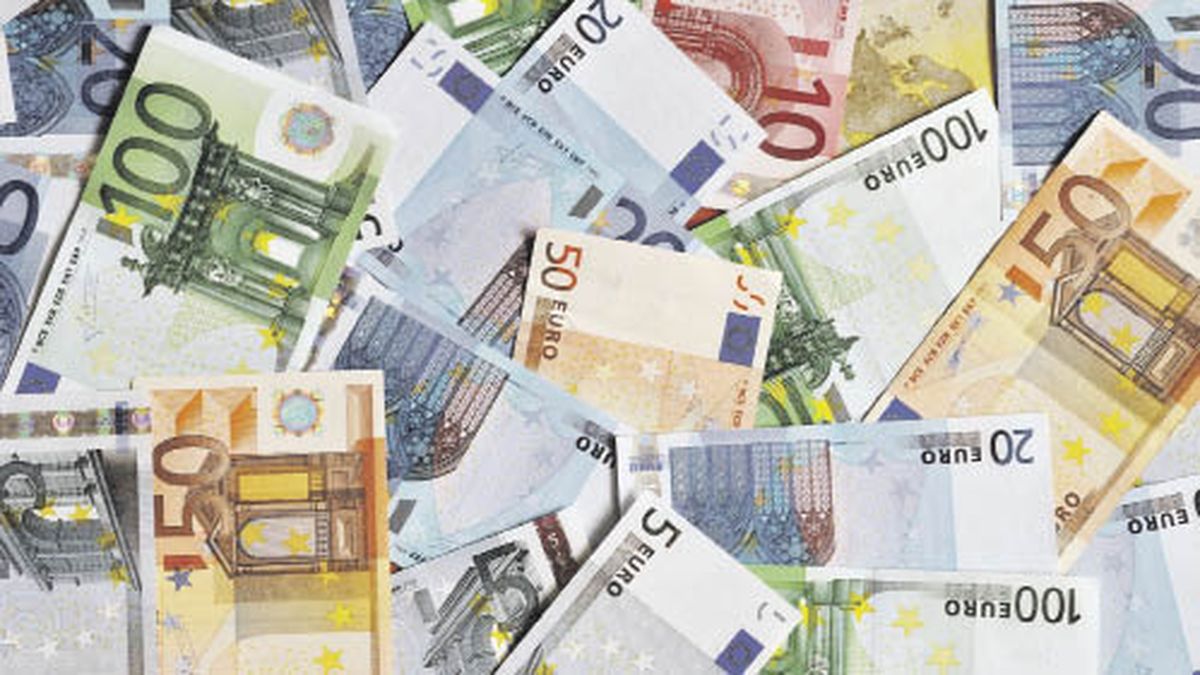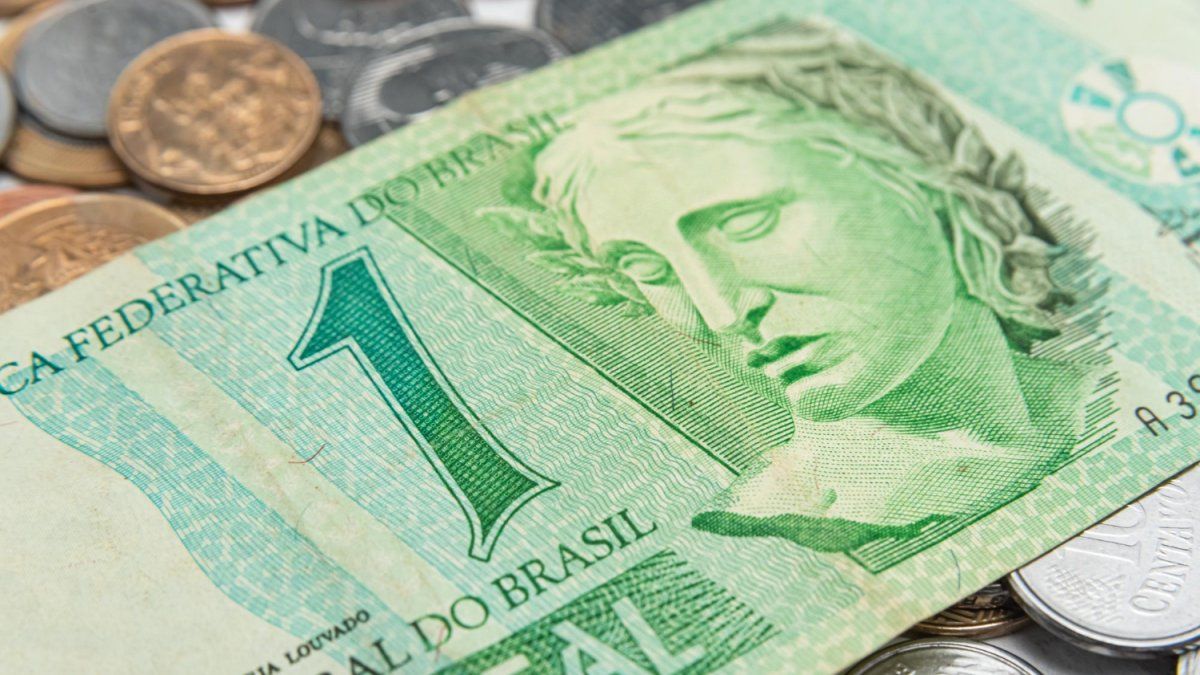The markets, on Wednesday, received the news with great excitement. The bag rose and the ten -year rate sank fleetingly below 4%. But the initial reaction lasted very little. Jerome Powell’s posterior press conference caused a visible disappointment. The actions hit the return. The long rate bounced to 4.07%, above its level in the vigil. What happened? Powell clarified that there are no decisions that are made beforehand. Meeting will be adopted. And it will be based on what the data dictates as it is unveiled. In that sense, the decrease in rates was resolved into consideration of the risks of anemia presented today by the labor market, whose analysis in detail was the focus of the conclave.
“It’s not obvious”Powell Dixit, establish what corresponds to do. “It is a challenging situation: inflation risks are rising rise and employment towards lower. Do you consider that a rich of a quarterfinal will solve the problem? The answer is obvious: there is no how to hold it. That is the reason why the Central Bank Arró the current rates, but also those that anticipate the “Point Map”. His was a game of tweezers, and not a single action. Thus, with the help of expectations, Powell hopes that the danger will be conjured.
What to say about divergence between long bonds and the bag?
Thursday and Friday the markets operated with looked disparate. The bonds accused a blow. The ten -year rate closed the week at 4.14%, almost ten base points above where it had started. The bag, on the other hand, digested the explanation well after meditating. And the Dow Jones, the S&P500 and the Nasdaq expanded, all of them, their records of records. The outstanding novelty, however, came from the shares of small companies. The rally tail van, the Russell 2000, finally exceeded its maximums of 2021, from when the era of zero rates still governed. His participation is the evidence that was missing to confirm the full validity of the Bull market.
What to say about divergence between long bonds and the bag? The fall of the long rates preceded the cut of the Fed and paved the way. What is the reading that can be done now, once the Central Bank prunts the fees and they do not accompany? Is there room to insist with the discounts of the points map? Or is the Fed exposed to repeat the 2024 countermear saga? Last year he reduced his rates and long rates and long rates climbed 120. If so, how much relief will it mean for labor market hardships? Doesn’t you agree in that case to activate the pause mode and postpone the casualties for later?
The Fed was generous. Unequivocal sign that the fate of the labor market worries them a lot. But, not so much its current state of health, as what the historical experience teaches. When the labor market weakens, it can then deteriorate quickly exponentially. If aggiornaded economic projections are reviewed, the weight of caution is detected. And it is understood why the bag does not cancel its celebrations. In June, the Fed foresaw GDP growth of 1.4% at the end of the year. Now it led to 1.6%. And also corrected 2026 and 2027. from 1.6% to 1.8% and 1.8% to 1.9%, respectively. It is worth noting: 1.8% is the potential growth rate, according to Fed. In other words, The robustness of the economy is not in question.
Unemployment and inflation, two key variables
The unemployment rate, today in 4.2%, would rise to 4.5% in December. As I thought about June. It did not vary. In Jackson Hole, Powell was clear. The labor market is going through a curious transition in which both demand and labor supply (because of immigration policy) retract. A lower creation of jobs is not synonym, then, of increasing imbalance. It is not if the unemployment rate remains stable or decreases. The Fed in June estimated a constant rate in 4.5% until the end of 2026 and a decrease to 4.4% at the end of 2027. That projection also improved: 4.4% would be reached in 2026, to lower to 4.3% the following year and return to 4.2% (its current value, which is considered the threshold of full employment) at the end of 2028.
And what about the expected inflation? It will not register changes in 2025. The Fed already discounted in June a rise to 3% (already 3.1%, the core version) because of the increase in tariffs. By 2026 and 2027 it provides for a reflux to 2.6%(in June it was 2.4%) and 2.1%, respectively. Reaching the 2% goal would be for 2028. Apparently, the hurry is not urgent.
The bag is quick to make the accounts. Recession? Where? The economy does not weaken, its perspectives rebound slightly, and the Fed lowers the rates. The problem to be prevented specifically in the labor market while the stock market lives from the remuneration to capital. And it also bets on a boom of artificial intelligence that explains, in part, certain localized hardships of labor demand. Bingo. The loss of fees is prevention, an insurance policy, not the response to an consummate accident. Neel Kashkari, from the Minneapolis Fed, explained that, in principle, it supports the idea of Gatillar two more casualties in the remainder of the year to stabilize the labor market. However, if the labor demand recovered its brios, or if inflation gets out of channel, the Fed can activate the pause mode. It is clear that the risk balance also includes inflation. And to complicate beyond those thought, eventually, the Central Bank could back and upload the rate. There is no recession in view and upward inflation could sharpen the nails. That is the Achilles heel that accused the bonds.
A little remarkable meeting
What to say, finally, of a Fed meeting that he had, for the first time, with the direct participation of an envoy of President Trump? Stephen lookits main economic advisor, today in use of license, swore an hour before the conclave began. We asked each other last week: will you debut asking for a loss of half -point rates or will not take that license? The decision would have been unanimous if they look did not choose to give, precisely, that license. On the point map, which is anonymous, Miran’s opinion is easy to identify. No one but him advocates carrying the rates so down so in a hurry. To plunge them to 3% in December seems appropriate. His, to tell the truth, was a double dissent. With his colleagues, but also with President Trump, who posted after the conclave that he wants to see them as soon as possible.
“The remarkable thing about this meeting was how noticeable it turned out”Kashkari synthesized. But it should be noted that they look behaved like the lone llanero and not as the leader of a sheave in formation. The governors Chris Waller and Michelle Bowmanalso appointed by Trump, who were July’s dissidents, did not buy their libretto or jumped to their orbit. The idea of an independent Fed is preserved intact. His credibility did not splintered, despite the Trojan and although the presidential siege -which already led the governor Lisa Cook To defend themselves before the Supreme Court- Rest is not taken.
Source: Ambito
I am a 24-year-old writer and journalist who has been working in the news industry for the past two years. I write primarily about market news, so if you’re looking for insights into what’s going on in the stock market or economic indicators, you’ve come to the right place. I also dabble in writing articles on lifestyle trends and pop culture news.




